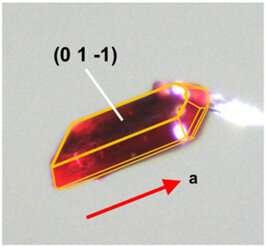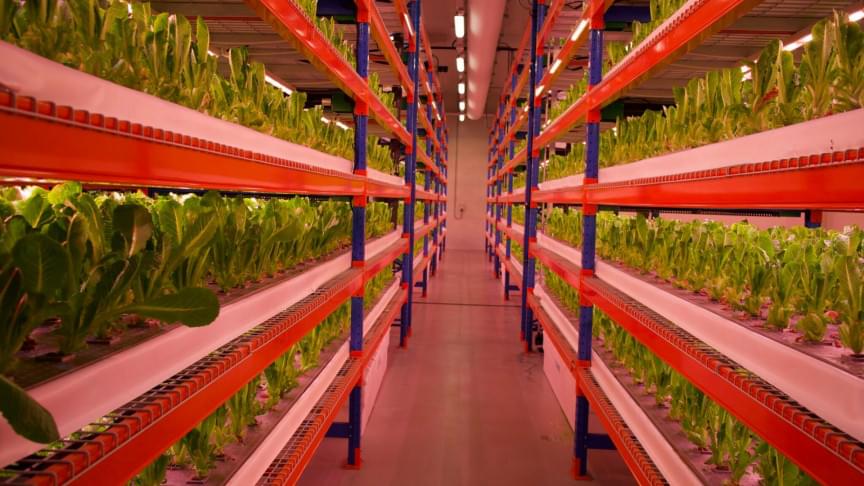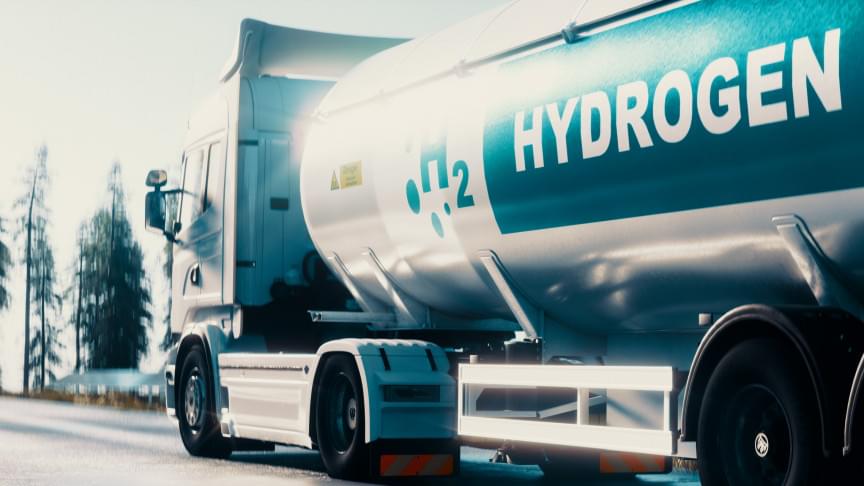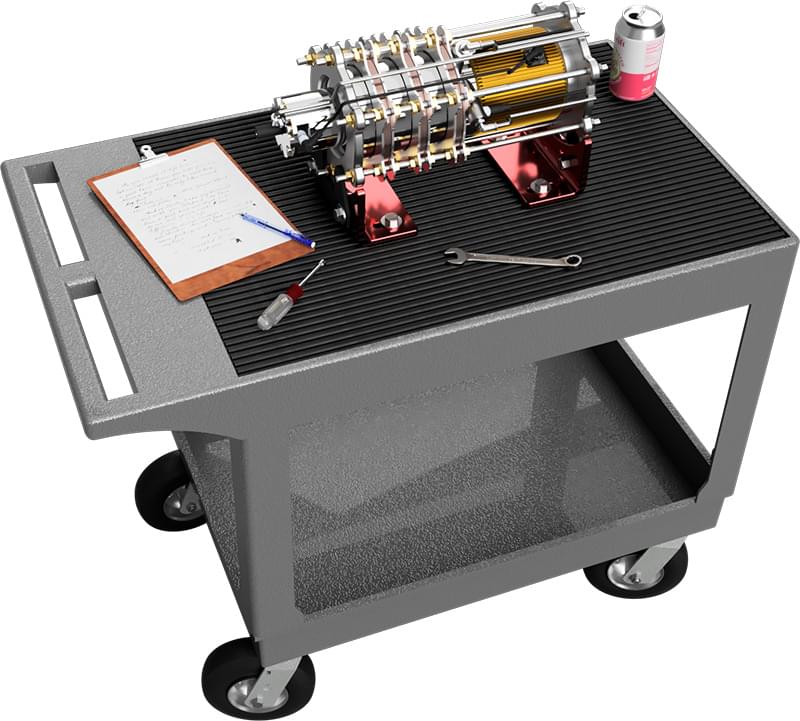In a new paper in PNAS, “Triplet-Pair Spin Signatures From Macroscopically Aligned Heteroacenes in an Oriented Single Crystal,” National Renewable Energy Laboratory (NREL) researchers Brandon Rugg, Brian Fluegel, Christopher Chang, and Justin Johnson tackle one of the fundamental problems in quantum information science: how to produce pure elements of quantum information—that is, those that start and remain in a well-defined “spin state”—at practical temperatures.
Quantum information science has the potential to revolutionize computation, sensing, and communications. But many of these applications are still beyond reach because of the challenges of producing units of quantum information, or qubits, without relying on extremely low temperatures to maintain their purity. Current approaches to identifying suitable quantum materials tend to rely on trial and error.
“The field of developing new molecules and materials [for quantum information science] sometimes progresses through ad hoc methods and serendipity. ‘This material just so happens to work better than the other one’—we saw a lot of that happening, and decided ultimately that it was not going to suffice for a project where the goal was to limit the set of possible options,” said Justin Johnson, a researcher in NREL’s Chemistry and Nanoscience Center. “We wanted to have the theory provide us with firm guidelines about what should happen.”









